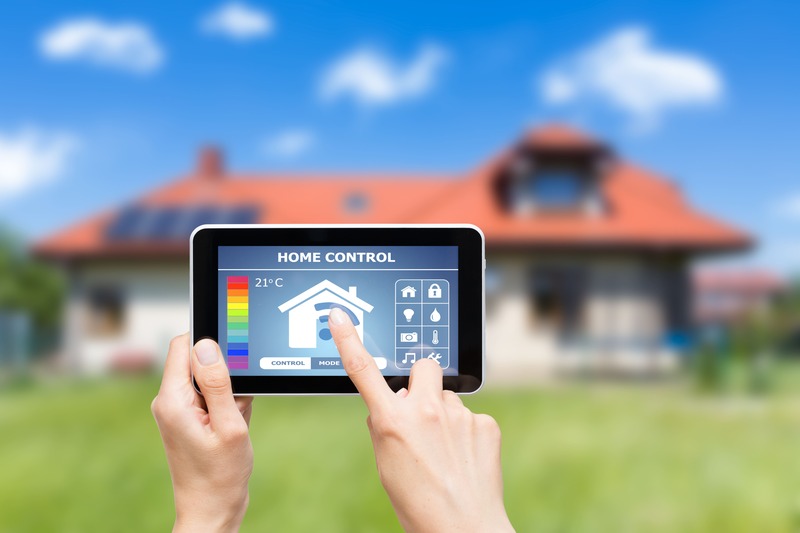Over a decade on from the emergence of smart metering in North America’s residential electricity sector, the ‘smart energy consumer’ is now here.
That is the message from the US Smart Energy Consumer Collaborative (SECC) in its latest research on the ‘state of the consumer’, which also indicates that engagement and education is as important as ever and must continue to be an industry responsibility. Early in the region’s smart meter rollout, particularly in California where the IOUs were at the forefront, it was realised that consumer engagement would be crucial. Acceptance of the new meters was one issue but more importantly to unlock the energy savings potential they were anticipated to offer and that were supporting business cases.
Since then much has changed. With digitalisation increasingly sophisticated breakdown and personalised messaging on usage from metering data has become possible. The smart and connected home has emerged. The green agenda has gathered momentum. And the trend to decentralise the energy system has become a key driver of the energy transition. Thus the ‘green consumer’ comes in many forms. In Australia home energy generation with solar PV is among the fastest growing in the world, for example. Scandinavian countries are leading the shift to electric vehicles. Over 300,000 homes in Germany have battery storage systems. The UK has in excess of 300 energy communities. Within this the consumer spectrum ranges from the investor driven by the financial motivation to the technology enthusiast to the fully engaged prosumer. The smart energy consumer sits somewhere in the middle and with the critical mass that the SECC suggests may be building should be […]
Click here to view original web page at www.smart-energy.com
Image: scyther5 © 123RF.com

